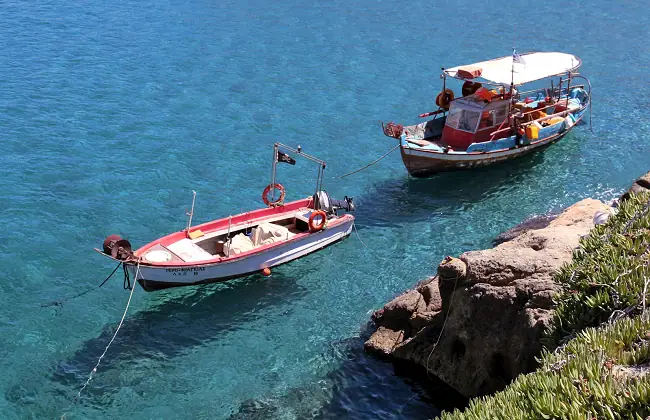The boat port industry is experiencing a shift in the way that watercraft are stored and managed. At the core of this evolution is the floating jetties which have transformed the manner and practicality of the docking systems.

This article discusses the new trends in boat port technologies with a focus on the floating jetties that make the storage of watercraft easier and more convenient for the users.
Design Advancements
The floating jetties’ design has undergone significant changes to accommodate the various requirements of the modern boat owners. These structures are now built using strong and long-lasting materials that can endure the rigors of the marine environment and offer safe anchorage. Some of the advancements in design are the ability to control the height of the structure and the ability to add or remove parts to fit the type of vessel that is being used.
Technological Integration
Technological advancement is an important factor in the growth of contemporary boat ports. Modern floating jetties are also incorporating smart technologies in their design and construction, for instance, the automatic docking systems that help in the correct positioning and mooring of the watercraft. This integration not only helps to save time when the boats are docking but also helps to minimize the chances of human error hence increasing safety at the boat port.
Sustainability
One of the key issues in the construction and use of floating jetties is sustainability. Some of the new boat ports are constructed with materials that are friendly to the aquatic environment and do not pose a threat to aquatic life. Also, the design of floating jetties has some features that ensure that water around the dock is circulated well to enhance water quality and marine life.
Durability
The durability of a floating jetty is a critical factor in determining its feasibility due to the costs involved in constructing such a structure. Contemporary boat harbors are built from materials such as UV stabilized polyethylene which does not corrode, does not need painting, and is not prone to biofouling. This durability means that floating jetties are not easily worn out and thus they do not require frequent maintenance and replacement.
Enhancing Accessibility
A boat port and floating jetty are not only more effective in storing water crafts but also safer and easier to access as compared to traditional methods. Other aspects like slip-resistant flooring, sufficient lighting, and accessible pathways are crucial to the safety of the users. These features are especially useful in places where many people will be using the equipment, including the disabled, the elderly, and children.
In conclusion, the changes in boat port design, especially the use of floating jetties, are making it easier, safer and environmentally friendly to store watercraft. With the increasing need for improved watercraft storage solutions, the use of high-performance materials and intelligent systems will remain the key factors in the development of the sector. In terms of durability, environmental friendliness, and convenience to users, the new floating jetties are emerging as the new benchmarks in marine structures.







